7 Facts to Know about Alphonse Mucha
More than an illustrator, Alphonse Mucha spearheaded the Art Nouveau movement in the field of graphic arts.
Few artists are considered as initiators of an artistic movement. A pioneer of the Art Nouveau style, a 19th century reaction to excessive industrialization, Alphonse Mucha was a Czechoslovakian illustrator who arrived in Paris in 1887. His commercial and advertising posters embody the inventive Art Nouveau aesthetic that defined the turn of the century. Here are 7 things to know about the poster king:
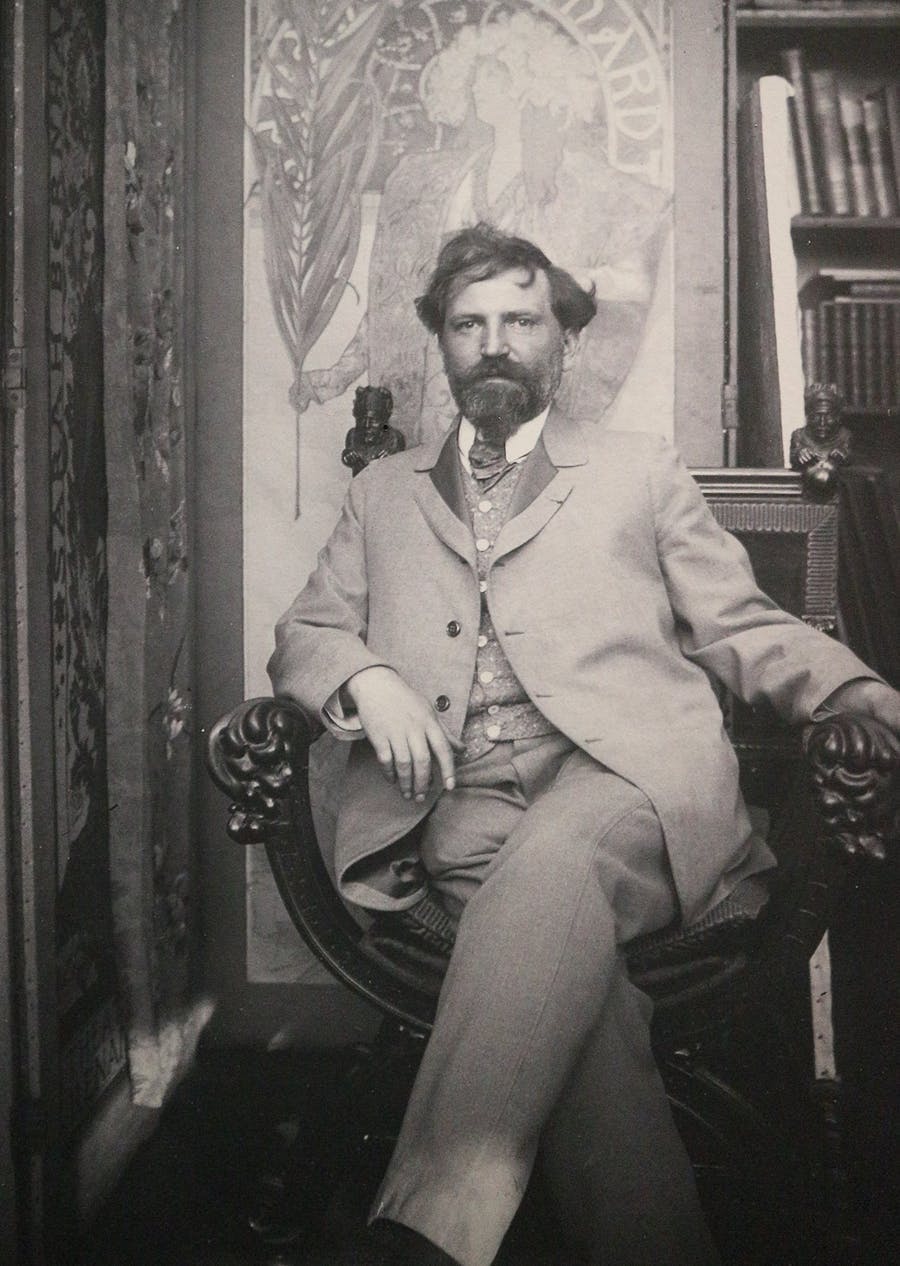
1. His application to the Academy of Fine Arts in Prague was rejected
A talented singer, Alphonse Mucha sang in the choir of the church in the Moravian capital, Brno, but drawing was part of his daily life. His meeting with the last representative of Baroque sacral painting, the master Umlauf, at the age of 8 during a trip, would influence him deeply.
Related: Tiffany Glass: Art Nouveau Illuminated
His father, who was a bailiff, got him a job as a court clerk in 1875, but the young Alphonse applied to the Academy of Fine Arts in Prague three years later. The institution rejected him with a scathing recommendation: "Choose another profession where you will be more useful." Mucha did not give up and after several jobs, mainly in the world of the theater, as well as a course at the Academy of Munich, settled in Paris in 1887.
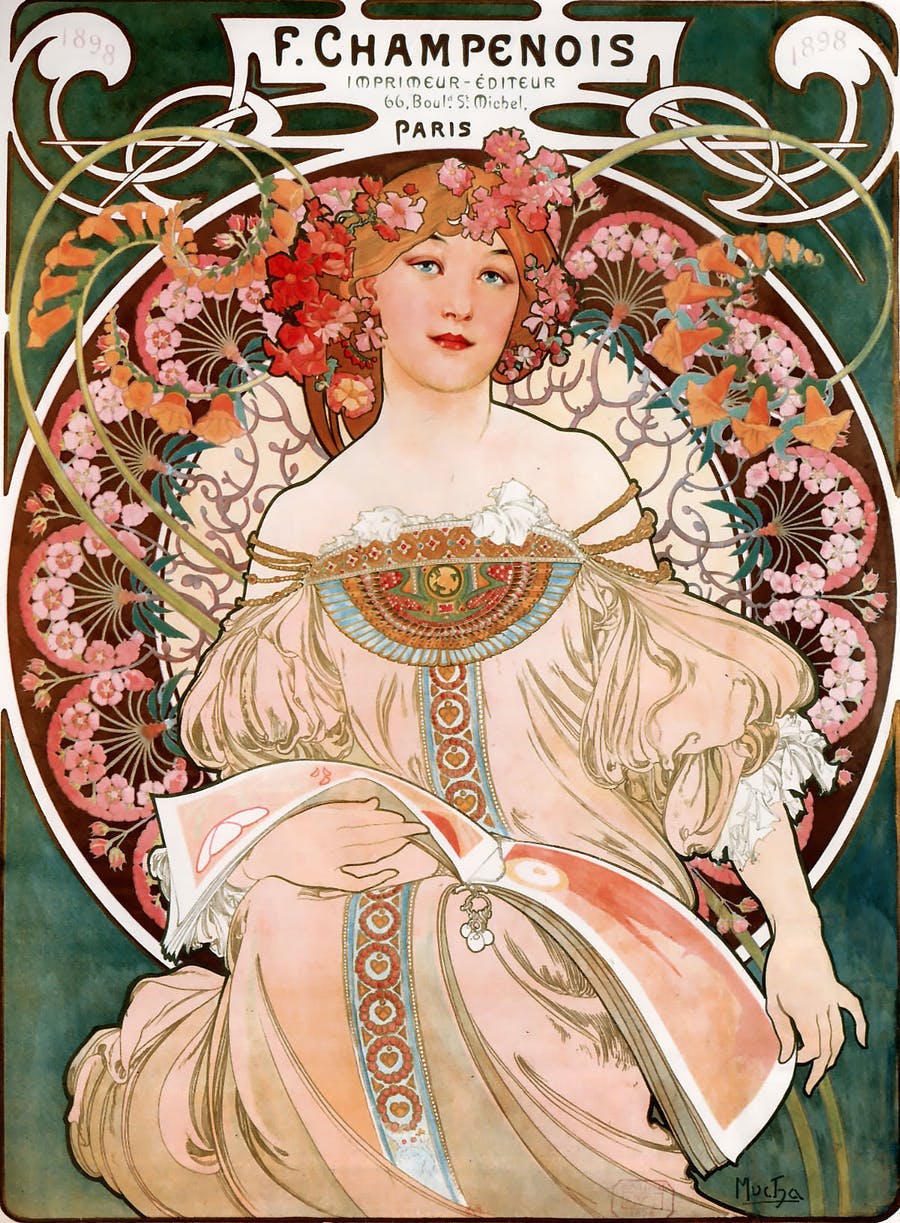
2. He helped Gauguin in a time of crisis
In August 1893, Paul Gauguin returned to Paris from Tahiti penniless. Mucha was then living above a small restaurant located on rue de La Grande-Chaumière, opposite the Academy where he studied. The two artists meet in said restaurant, which was frequented by many artists. Mucha had a workshop that he generously shared with Gauguin to allow him to prepare an exhibition of his Tahitian works.
Gauguin posed for Mucha on several occasions, the latter preferring to call upon his comrades rather than professional models to save money.
3. He completed the work that changed his career in a week
On December 24, the great French actress Sarah Bernhardt urgently contacted her printer to create a poster for her play Gismonda, scheduled at the Renaissance Theater. Mucha was the only artist available at the printer and accepted the project. He delivered, in one week, a majestic poster which on the morning of January 1, 1895, was plastered en masse in the streets of Paris.
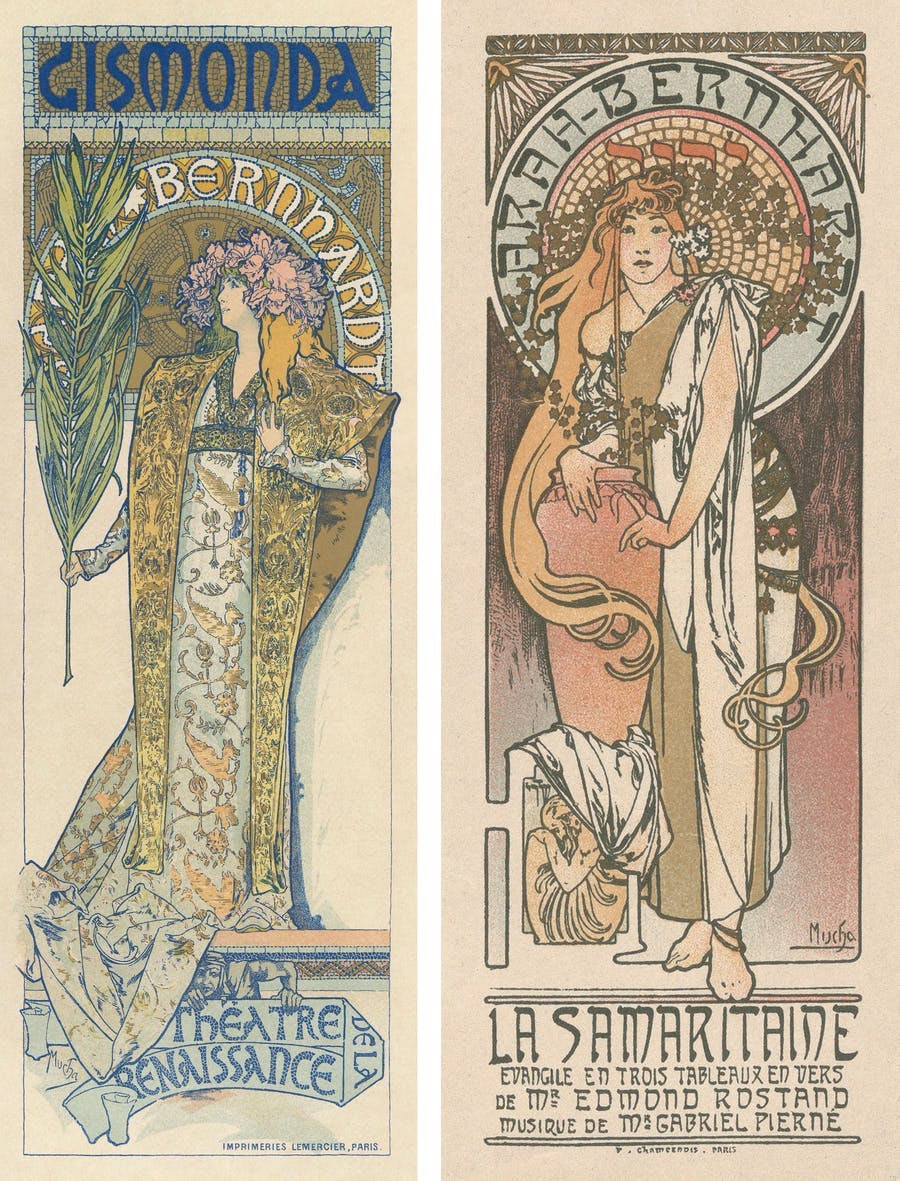
The poster was so popular that people cut them up to take part of the work with them. This success would lead Sarah Bernhardt to hire Mucha for a six-year contract, which radically changed the trajectory of his career.
4. He designed a collection of jewelry
In 1895, the Parisian goldsmith and jeweler Georges Fouquet (1862-1957) took over his father's shop and decided to renew the style of the house by hiring new talents. Interested in the jewelry that adorns the women in Mucha's posters, he contacted him and challenged him to create an entire jewelry collection for his stand at the 1900 Paris Exposition.
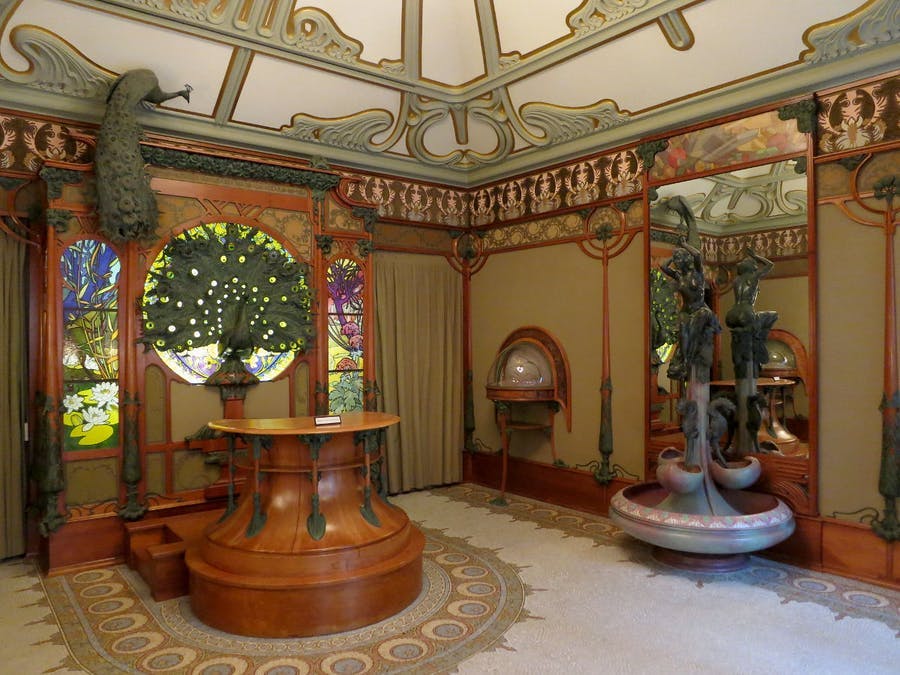
Related: A World Record for Art Deco Necklace by Jean Fouquet
The following year, when Fouquet decided to move his boutique to rue Royale, he called on Mucha again, but this time asked him to design the entire store: exterior and interior, including furniture, lighting and display cases. The shop is now visible at the Carnavalet Museum in Paris.
5. The comic book was inspired by him
Legend has it that Mucha's artistic style influenced Joe Quesada and Stan Lee, the comic book artists who fueled Marvel's biggest hits. In Mucha's posters, the characters always take center stage, are highlighted by majestic sets and seem to spring up in heroic poses. A style of composition which, perhaps, would have inspired the representation of superheroes.
Related: History's 6 Most Popular Movie Posters
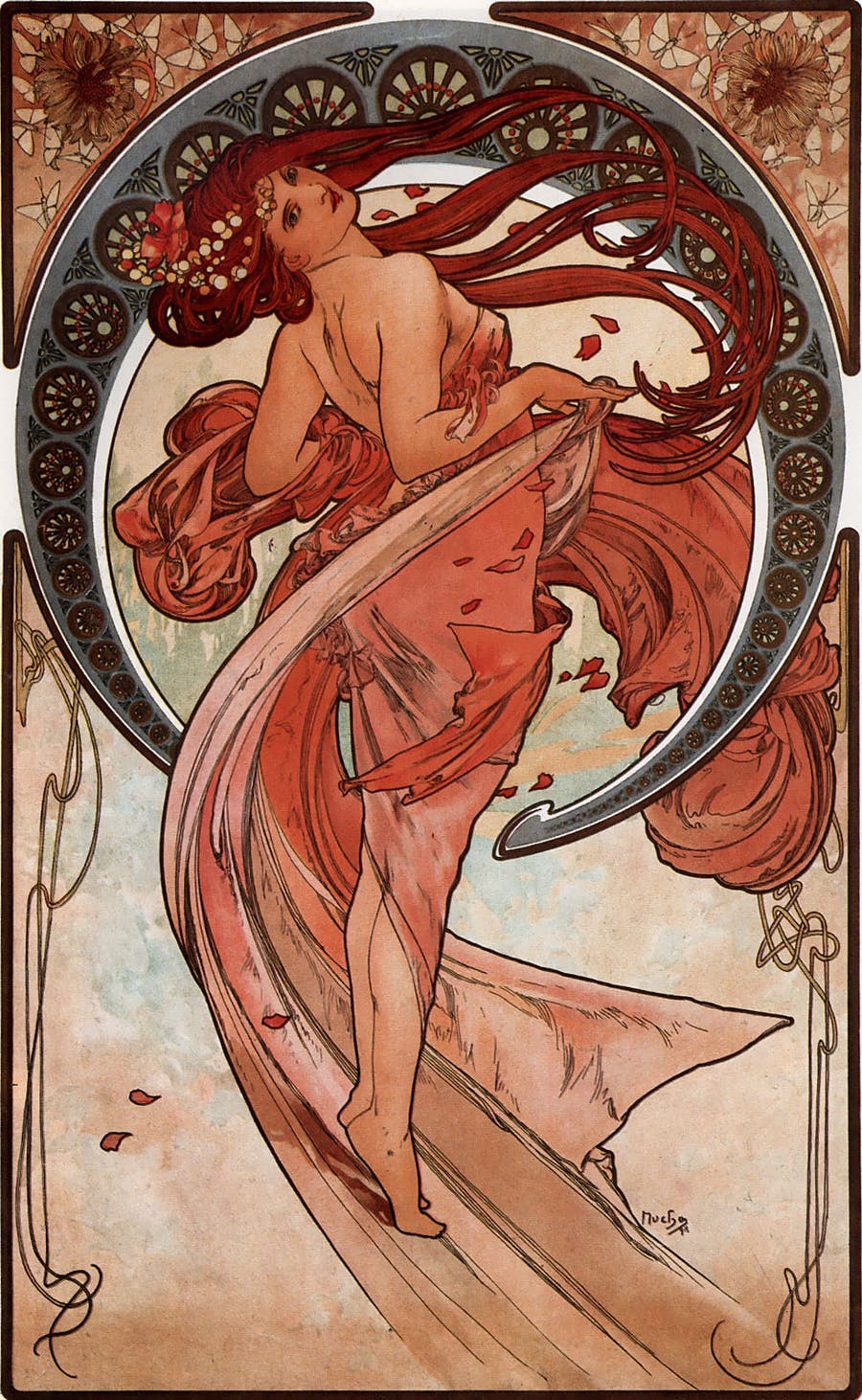
6. He photographed his models
As soon as he arrived in Paris, Mucha began to photograph models and built up a catalog of images to inspire his illustrations. His collection of photos is an interesting witness to the women of his time and to beauty canons in general.
Related: Art Deco: The Great Celebration
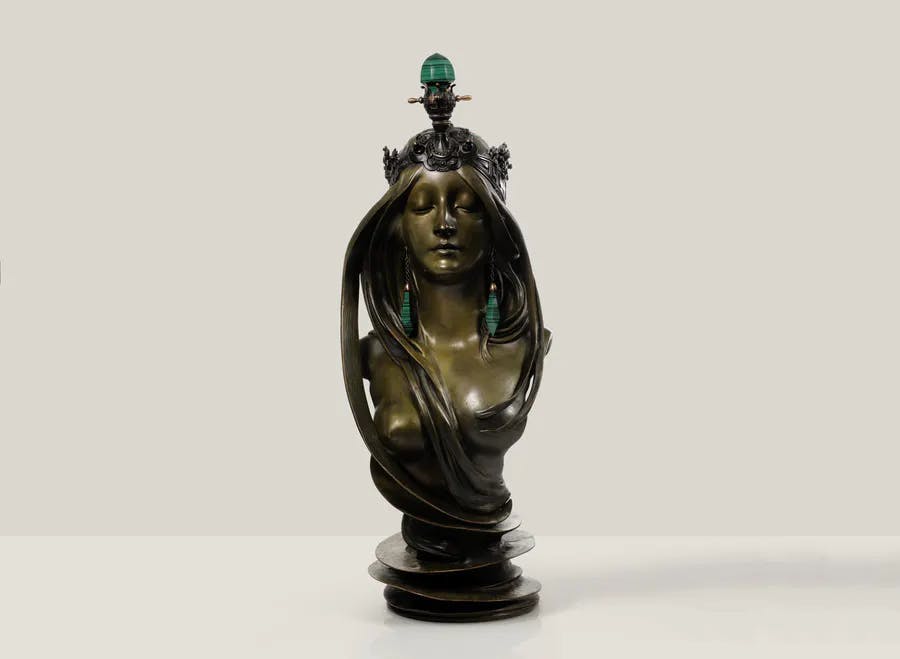
Parisian dancer and beauty icon Cléo de Mérode is said to have served as a model for his famous bronze bust La Nature, a copy of which is kept at the Royal Museums of Brussels.
7. The Nazis arrested him
When Czechoslovakia was occupied by the Nazis in 1939, Mucha was one of the first artists to be arrested by Nazi troops. Almost 80 years old and already suffering from pneumonia, he was subjected to intense interrogations and died shortly after being released.
Find more articles on the history of art on Barnebys Magazine!


